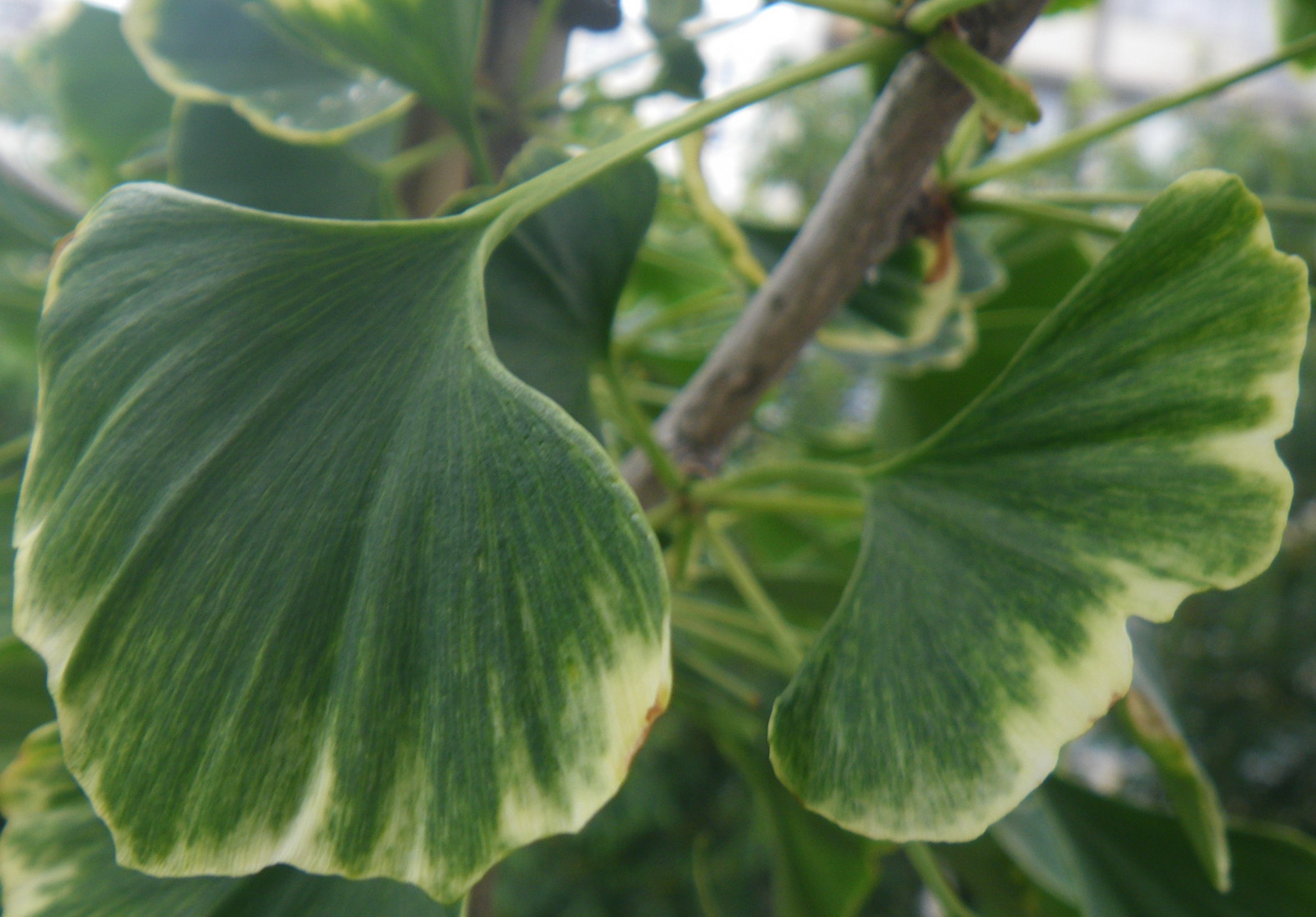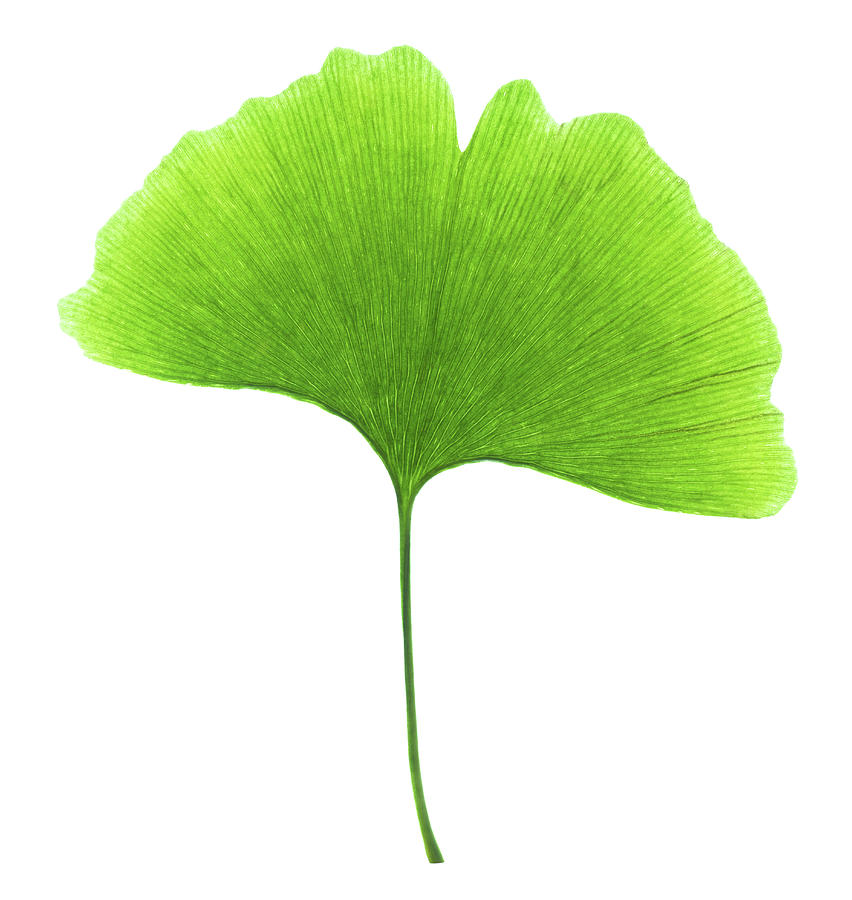

If we could go back in a time machine, maybe we would find some differences, but I suspect not.Ĭrane: A little over 200 million years old. With the fossils that I’ve worked on myself, from about 65 million years ago, we were able to determine exactly how the seeds were attached to the plant, and they were attached in an identical way to modern ginkgo. And what he’s noticed is that there are some differences in the ways that the seeds are attached in these fossil plants - but in the grand scheme of things, they’re not very different. And that work has been done now, by my colleague Zhou Zhiyan, who has worked on fossil material from China. But you have to look more closely to really assess whether those leaves were produced by plants that are identical to modern ginkgo. How do we know that?Ĭrane: If you look at fossils from more than 200 million years ago, you can see leaves that are very very similar to modern ginkgo leaves. One of the points I wanted to draw out in the book is that in the past there were a variety of ginkgo-like plants, but this is the only one surviving.Į360: You describe the ginkgo as a “living fossil,” in the sense that in many ways it’s unchanged in more than 200 million years. But the ginkgo is solitary and unique, not very obviously related to any living plant. They’re all more closely related to each other than they are to anything else. And in an evolutionary sense, they’re equivalent to that one species of ginkgo. When we think about flowering plants, there are about 350,000 living species. That’s somewhat unusual in the plant and animal world, isn’t it?Ĭrane: Yes.

It’s thoroughly memorable.Į360: You’ve mentioned that ginkgo is something of a biological oddity in that it’s a single species with no living relatives. The other thing is that it has such a distinctive leaf - once you see it, you don’t forget it. So it’s an important plant in any botanist’s view of the plant world - you inevitably run across it early in your training. And ginkgo is the only one that consists of just one species. Peter Crane: I think that anyone who is seriously interested in plants inevitably comes across ginkgo pretty early in their training, because there are only five living groups of seed plants, and ginkgo is one of them. How did you come to develop an interest in them? Yale Environment 360: You’ve been studying ginkgo trees for a long time. The ginkgo, which co-existed with the dinosaurs, “really puts our own species - let alone our individual existence - into a broader context,” says Crane.

In an interview with Yale Environment 360, Crane explains what makes the ginkgo unique and what makes it smell, how its toughness and resilience has enabled it to thrive, and what the tree’s long history says about human life on earth.


 0 kommentar(er)
0 kommentar(er)
